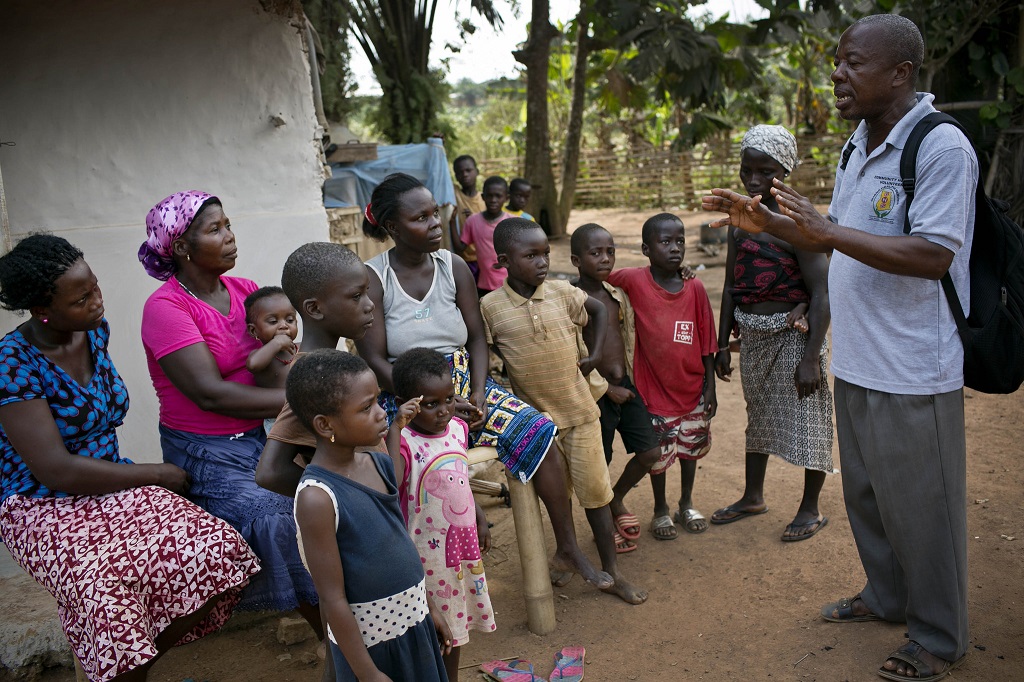This blog originally appeared on The Huffington Post.
According to the World Health Organization (WHO), globally, maternal deaths declined from more than 500,000 in 1990 to about 289,000 in 2013. Similarly, the number of under-five deaths worldwide has declined from nearly 12 million in 1990 to 6.9 million in 2011. However, despite overall progress, significant inequities persist.
Although some of the Millennium Development Goals were achieved, health economists point out that there is a widening gap between the rich and the poor. (To learn more, please review MCSP’s developed country equity dashboards, which analyze coverage disparities across maternal, newborn and child health by country.)
To achieve Sustainable Development Goal 3 – “ensure healthy lives and promote well-being for all at all ages” – health equity must be intentionally pursued as a strategy; it will not necessarily happen as a byproduct of other development efforts. Commitment to universal health coverage also requires special focus on vulnerable and marginalized populations.
The WHO defines health equity as the absence of avoidable or remediable health differences among groups of people, whether those groups are defined socially, economically, demographically, or geographically. David Gwatkin refers to the acronym “PROGRESS” to summarize the different groups that we should focus on: Place of residence, race, occupation, gender, religion, education, socio-economic status.”
The Alma-Ata Declaration further discusses equity in its second principle: “The existing gross inequality in the health status of the people particularly between developed and developing countries as well as within countries is politically, social and economically unacceptable and is, therefore, of common concern to all countries.”
We see a reflection of this in levels of maternal mortality, which are concentrated in sub-Saharan Africa and South Asian countries. An African woman’s lifetime risk of dying from pregnancy-related causes is 100 times higher than that of a woman in a developed country. In sub-Saharan Africa, maternal mortality ratios for the poor are double those for the non-poor, and are consistently higher among rural populations and less- educated women.
Moreover, in most countries in the region, rates of skilled attendance at birth are five times higher among the non- poor than among the poor and inequities are not confined to Africa. In India, for example, nearly 9 of 10 women in the richest quintile have skilled assistance during delivery, while only 2 of 10 in the poorest quintile do.
It has been recognized that use of promising community-based approaches – including community health workers, task shifting, and bringing services closer to the community – increases health equity. Community-based intervention packages, delivered through community health workers, can substantially increase coverage of multiple high-impact interventions and contribute to reductions in maternal, newborn and child mortality. For example, a study in Bangladesh, showed that neonatal mortality was 67% lower for those who received a home visit on day one than in those who received no home visit at all.
Social accountability constitutes another set of promising approaches to achieving health equity. The World Bank defines social accountability as “the obligation of power-holders to account for or take responsibility for their actions and affirms and operationalizes the direct accountability relationships between citizens and the state (or providers).” Social accountability approaches engage communities and community-based workers in the process of measuring the health status of community members, in assessing quality of services, in auditing causes of death, in defining high-risk and vulnerable groups, and in measuring changes in mortality.
Often, these approaches emphasize involvement of marginalized and vulnerable populations, thereby, empowering these communities and increasing the voice of disengaged and vulnerable groups. In Rwanda, joint committees comprised of nongovernmental organizations, government officials, and influential community members resulted in changes in provider behavior (punctuality, attendance, waiting times, and confidentiality) and overall improved service delivery.
ICHC will have sessions focusing on evidence-based approaches for equity and accountability, including how to intentionally design programs to be pro-equity, how to identify and target vulnerable populations, how to measure equity outcomes, and how to increase citizen voice in service delivery and policymaking. I can’t wait to join these conversations!

